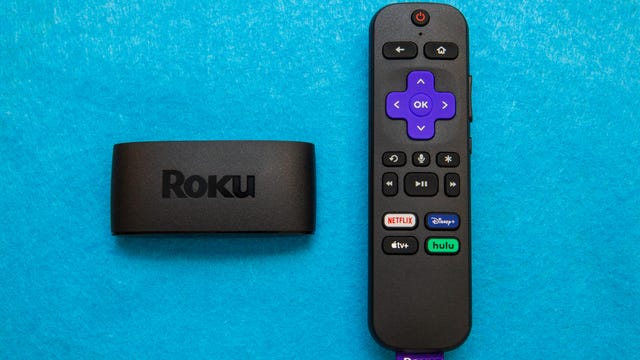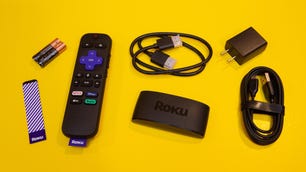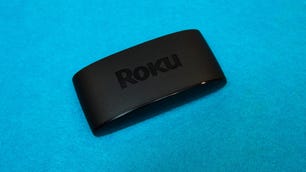Editor’s note, Nov. 1, 2023: Although it was released back in 2021, the Roku Express 4K Plus remains our Editors Choice pick for 4K streaming devices in 2023. Even two years on, the Roku Express 4K Plus remains responsive running Roku’s latest software, maintains its simple app-based menus and is a more than capable streamer that offers impressive value for the money. As we mentioned in our Streaming Stick 4K review, the differences between the Express 4K Plus and Stick 4K are minimal and since both are regularly on sale we recommend going with whichever of the two is cheaper. We give the Express 4K Plus the slight edge mainly because it often is at a lower price. Check out our Roku Streaming Stick 4K vs. Roku Express 4K Plus comparison for more details.
Our original review, from May. 11, 2021, is as follows.
The Roku Express 4K Plus sets a high bar for features and value, beating out other Rokus like the $50 Streaming Stick 4K, as well affordable streamers like Google’s $50 Chromecast with Google TV and Amazon’s $50 Fire TV Stick 4K.
SimpleRokuinterface? Check. 4K HDR streaming? Check. Wired Ethernet support with an optional adapter? Yup. Cheaper cost? At $40 compared to Roku’s own Streaming Stick 4K’s $50 sticker price, the Express 4K Plus has that, too. After using the device for a few days, watching everything from Netflix and Disney Plus to Apple TV Plus and YouTube TV
, I can say the Roku Express 4K Plus deserves CNET’s Editors’ Choice award as the best streaming device for the money.
A simple, familiar design

As with other recent refreshes, such as Roku’s 2020 Ultra or Apple’s new Apple TV 4K, the outside of the Express 4K Plus will look awfully familiar. It’s slightly larger but keeps the half-moon dongle design of the cheaper, HD-only Express, and on the rear, there’s an HDMI output and a Micro-USB port for power, as well as a reset button.
The front is glossy and nondescript, with just a single indicator light. The bottom is where you can apply the included adhesive strip to attach the miniature box to the back or bottom of your TV. Because the Express 4K Plus ships with Roku’s “point anywhere” voice remote, you can hide the box pretty much anywhere near your TV and it will still work — it doesn’t require direct line-of-sight to control the player.
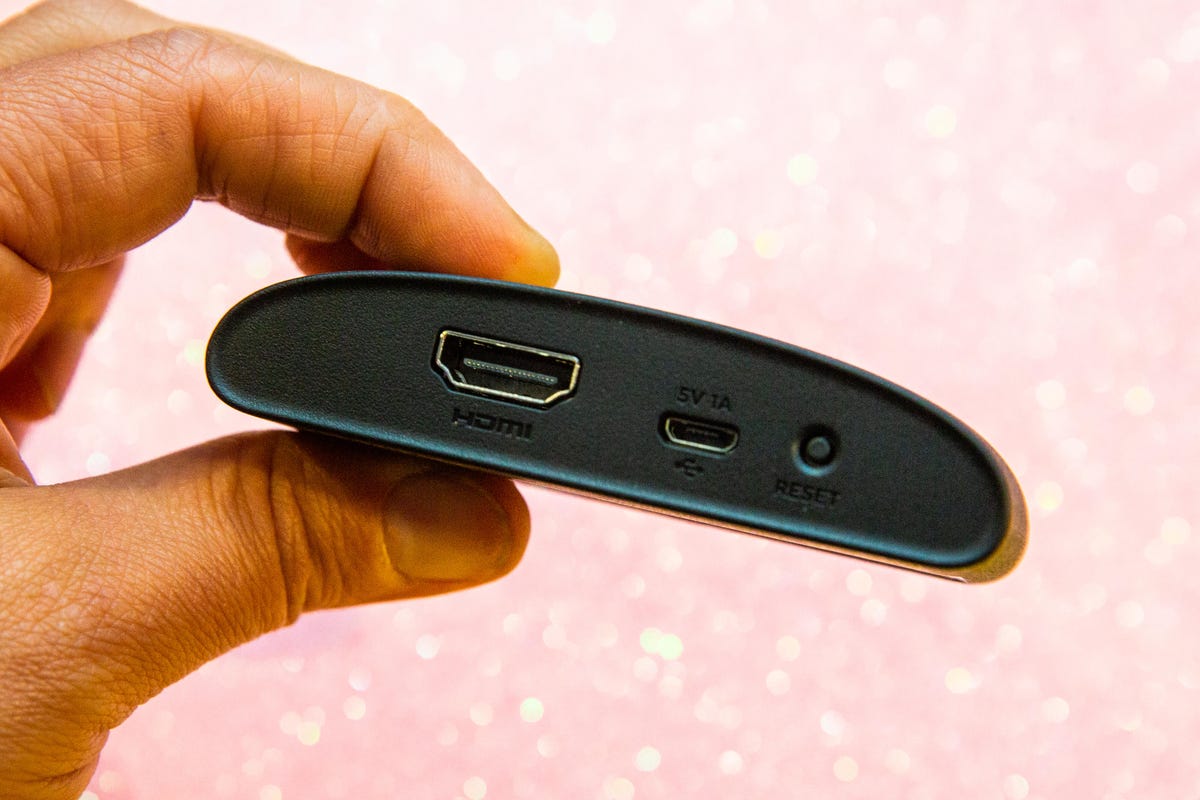
In my testing I had the Express 4K Plus placed behind a few-years-old Samsung 4K TV and encountered no issues controlling it with the remote. I was also able to power the Roku directly from my Samsung’s built-in USB port, no power adapter required. Using the device with a 2019 TCL 6-Series Roku TV similarly produced no issues. Assuming you have a fairly recent TV with a 5V USB port, the Roku should work fine hiding using your TV’s power.
In addition to the tape, Roku includes Micro-USB and HDMI cables and AAA batteries for the remote, along with a wall adapter for power in case you need to use that instead. Keeping the Roku plugged into the wall for power, as opposed to your TV, can also save a few seconds of boot-up time.
While it would’ve been nice for Roku to finally embrace USB-C, on this device — which is meant to be plugged into your television and left alone — I don’t mind the use of the aging port.
The remote has the same simple layout and design found on other Rokus, with TV volume controls on the right-hand side. There is no rechargeable battery or always-listening microphone (for that you’ll need to shell out another $30 for the company’s Voice Remote Pro), but it is a perfectly good controller that paired instantly with both the Express 4K Plus and easily controlled volume, mute and power on my TV.
The only real difference I noticed was a new shortcut key: this remote has the new Apple TV Plus button to go along with dedicated keys for Netflix, Disney Plus and Hulu.
Note: An Express 4K without the “Plus” in the name will be available for $35 at Walmart. The only difference between this device and that one is the Express 4K Plus comes with this better remote as opposed to a simple, IR one that lacks voice and TV control. I’d recommend spending the extra $5 to get the Express 4K Plus.
Solid 4K HDR streaming

Running on Roku’s latest OS 10 software, the interface is largely the same as all its recent devices, complete with the same shortcomings such as the limitations of its voice assistant compared to those of Amazon’s Alexa and Google’s Assistant.
That said, all the apps I tried on the Express 4K Plus seemed to open and load quickly and painlessly. I had no problems opening shows or movies on Disney Plus, Netflix or Apple TV Plus, and playback of a baseball game on MLB.TV or a Champions League soccer match on YouTube TV both opened and loaded quickly. I noticed it was also slightly zippier opening apps compared to my Streaming Stick Plus.
(I was able to get YouTube TV to reinstall from a backup of older Rokus despite the company’ ongoing carriage dispute with Google, which has also added a way to watch YouTube TV through the regular YouTube app.)
I had to go into my TV’s settings to make sure my Samsung was set properly to HDMI UHD Color to enable 4K HDR. Once that was set up, the Roku was able to take advantage of the higher quality streams. I had no such issues setting up 4K HDR on the TCL.
I was equally impressed with how well the Express 4K Plus handled Apple AirPlay, which, as with all recent Rokus, is available on the device. Streaming videos off of YouTube or mimicking myiPhone’sscreen worked fine, and I was even able to play games cast from an iPhone via Apple Arcade or the Xbox Cloud Gaming iOS beta.
The former worked a lot better than the latter, and while the Roku isn’t designed to play games, it worked well enough casting that I do wonder if apps for cloud-based gaming could be in Roku’s future.
Also new on this Express 4K Plus is the ability to connect Ethernet, a feature that on its players has most recently been limited to its Ultra boxes. As with other streaming players like the Amazon Fire TV Stick 4K. I used a $12 cable from a company called UGreen. With this, I simply plugged in the cable to the Roku’s micro-USB port, connected the adapter’s USB power to my TV’s USB port and plugged in an Ethernet cable.
The big difference between this and the Ultra is that the Express 4K Plus lacks Dolby Vision support. Seeing as how rival $50 streamers such as Google’s Chromecast with Google TV and Amazon’s Fire TV Stick 4K both support Dolby Vision, it would have been great to see Roku include it here. On the other hand, we don’t consider Dolby Vision a must-have, in part because it’s not a major image quality upgrade over standard HDR.
Dolby Atmos audio is supported by the Express Plus 4K on certain apps if you have the proper sound system.
Roku Express 4K Plus vs. Roku Streaming Stick 4K
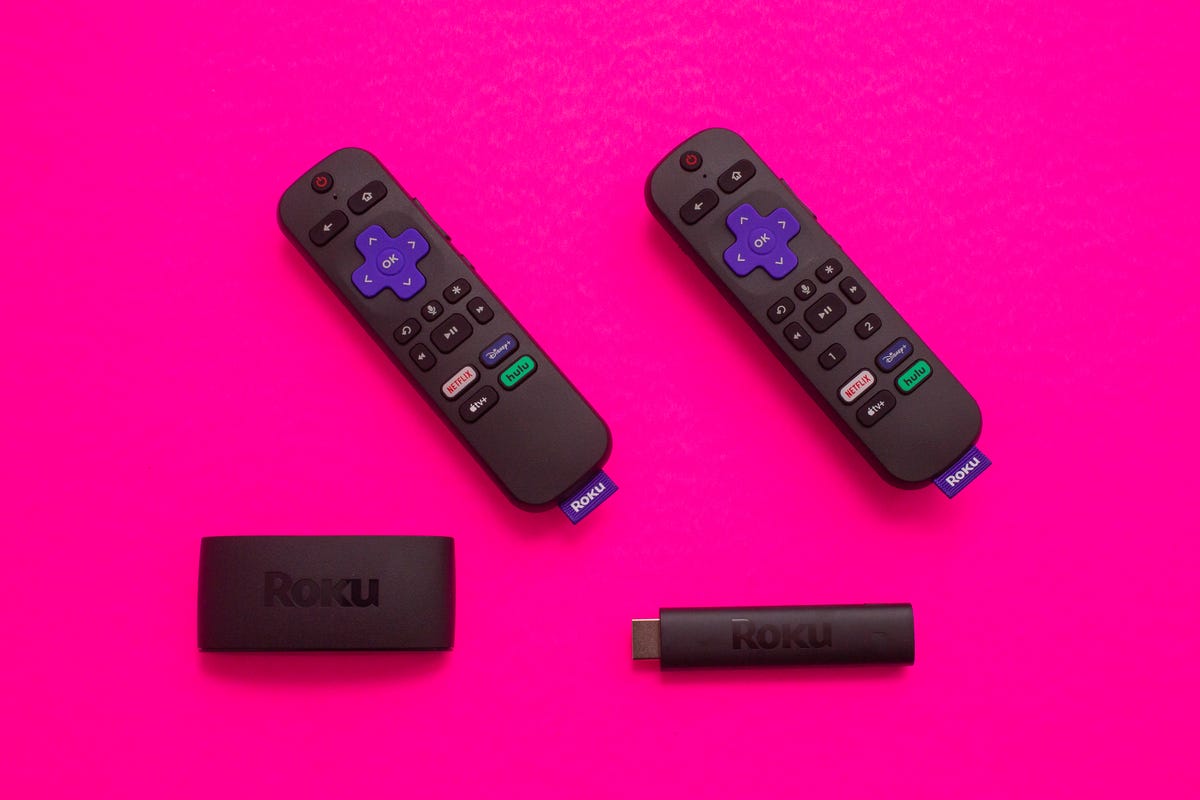
The biggest question for those looking at Roku’s lineup is probably which of these two devices you should buy. Roku prices the Express 4K Plus at $40, while the Streaming Stick 4K sells for $50. What does that $10 difference get you? Not a whole lot.
The main difference is that you get Dolby Vision on the Streaming Stick 4K, plus a sleeker stick design that is good for wall-mounted TVs and long-range wireless. Dolby Vision support is the biggest selling point here, given that the Express 4K Plus can easily tuck under or behind a TV. Roku also never quantifies its Wi-Fi improvement and I’ve found that signal on the Express 4K Plus works fine, and unlike the Streaming Stick Plus, this device is compatible with Ethernet adapters for wired connections if needed.
So is Dolby Vision worth the extra money? For some people, maybe. But it’s a feature that is only useful for those who own TVs that also support Dolby Vision. If you own a Samsung TV, for example, don’t bother — your TV doesn’t support it. And even on TVs that do support Dolby Vision, its improvement over standard HDR is usually minimal.
My pick? Save the $10 and get the Express 4K Plus.
Roku Express 4K Plus or Chromecast with Google TV?
Google’s Chromecast with Google TV is the closest competitor to Roku’s players. We compared the latest Chromecast with Roku’s Streaming Stick Plus in December, and while Google’s player has excellent search and voice control, it was hard to beat Roku’s super-simple interface.
While it remains to be seen what kind of updates Google will give its revamped Google TV platform at its I/O developer conference
, for now, Roku remains the choice for most people, especially when you consider the Express 4K Plus is $10 cheaper than Google’s player.

